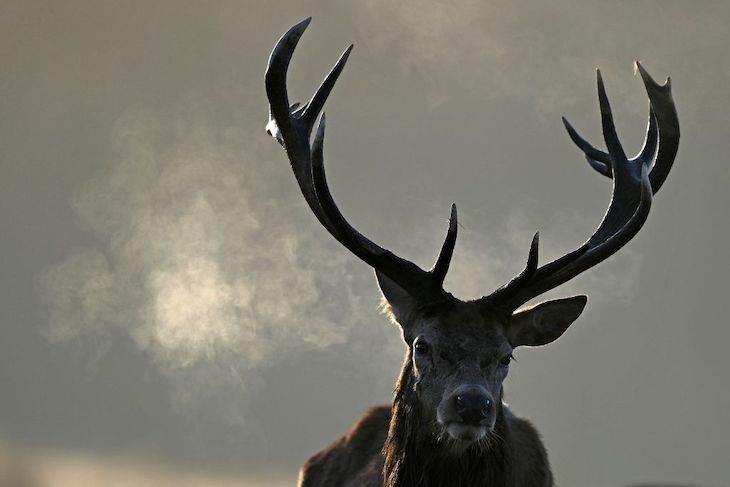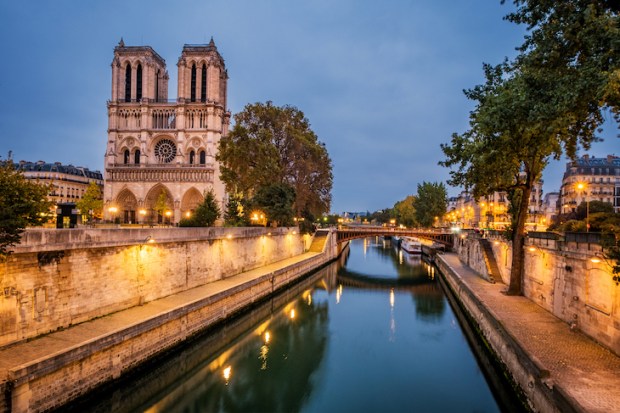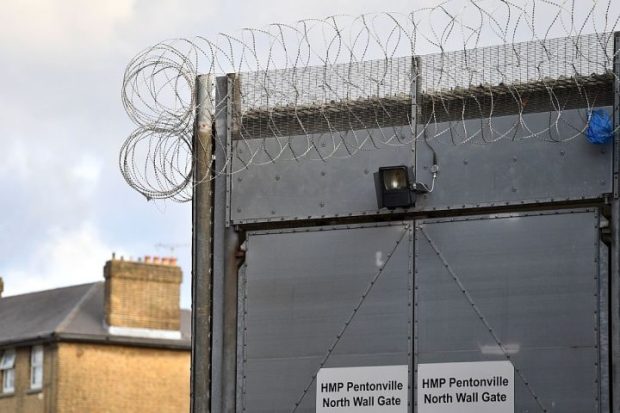Britain’s annual wildlife spectacular is just warming up. From the Highlands to the New Forest, the raucous bellowing of amorous stags fills the air. Stags trek up to 50 miles to find herds of hinds to mate with – fighting off other males before they can get down to business.
Granted, it’s hardly the migration of millions of wildebeest across the Serengeti, but deer rutting season is a feast for both eye and ears. Yet this annual event on any wildlife watcher’s calendar comes with a darker environmental cause for concern.
The truth is that we have too many deer in Britain. The current population of two million – the largest for a millennium – is causing millions of pounds of damage to our countryside, bird habitats, farmland and carefully cultivated flower beds of private gardens.
The truth is that we have too many deer in Britain
Our six resident species of deer – four of which have been introduced – are breeding at an alarming rate and there are no natural predators to keep the population down. Culling does take place and as many as 350,000 deer a year are killed, whether on private estates, parkland, nature reserves and other specialised areas. There is also a hunting season for deer stalkers. But the number of deer culled ought to rise considerably – perhaps even to more than double to as much as 750,000 – to keep wild deer under control.
In Scotland, the Forestry Commission estimate deer have caused around £4.5 million worth of damage to commercial woodland plantations. This isn’t only an issue north of the border: across the UK, but particularly in East Anglia and the South West, deer are responsible for millions of pounds a year worth of damage to crops.
As their population expands, deer are also increasingly a danger to motorists; around 74,000 accidents a year involve deer, at the cost of between 10-20 human lives, according to the British Deer Society.
Deer are wonderful creatures. The annual rut is a sight to behold, particularly involving the majestic red deer, immortalised as The Monarch of the Glen (Sir Edwin Landseer’s painting, not the TV series), and familiar to more urban residents as the Instagram-friendly herds of London’s Royal Parks Richmond and Bushy. Here in Suffolk you can hear them roar throughout the night. As Keats might have put it, this is a season of mists and bellow sleeplessness. But even those who, like me, love deers, should see that there are far too many.
The UK does not rival other countries for their ‘big beasts’. Red deer herds represent the nearest thing we have to such awesome wildlife spectacles. Therein lies a problem: without big cats, wolves or bears, there is no natural predator against ever expanding populations of deer in Britain. The numbers – and costs – will keep growing.
For now, Bambi is safe: many Brits see deer as cute woodland creatures, so it would take a brave politician to speak up for a wider cull. But it’s about time we cracked down on Britain’s deer problem before more damage is caused – and lives are lost.
Got something to add? Join the discussion and comment below.
Get 10 issues for just $10
Subscribe to The Spectator Australia today for the next 10 magazine issues, plus full online access, for just $10.




















Comments
Don't miss out
Join the conversation with other Spectator Australia readers. Subscribe to leave a comment.
SUBSCRIBEAlready a subscriber? Log in